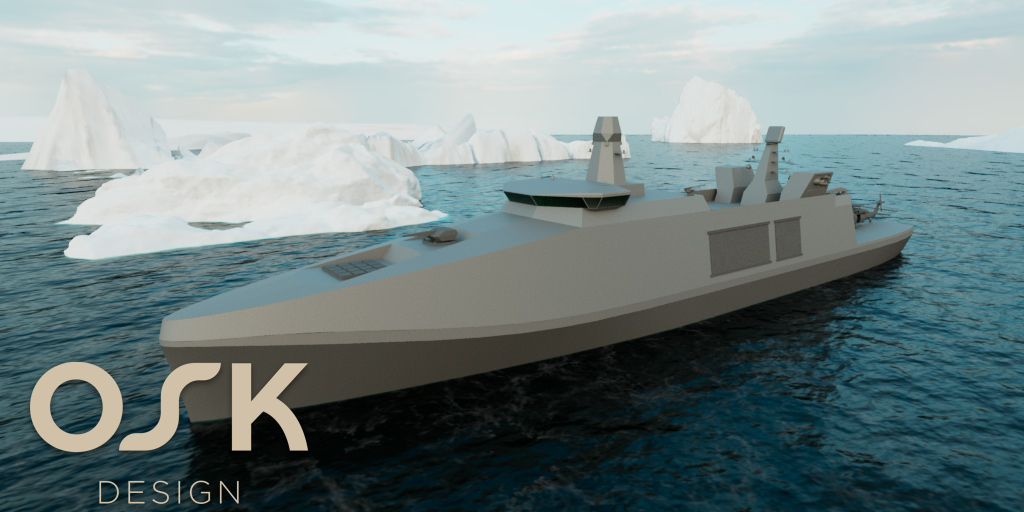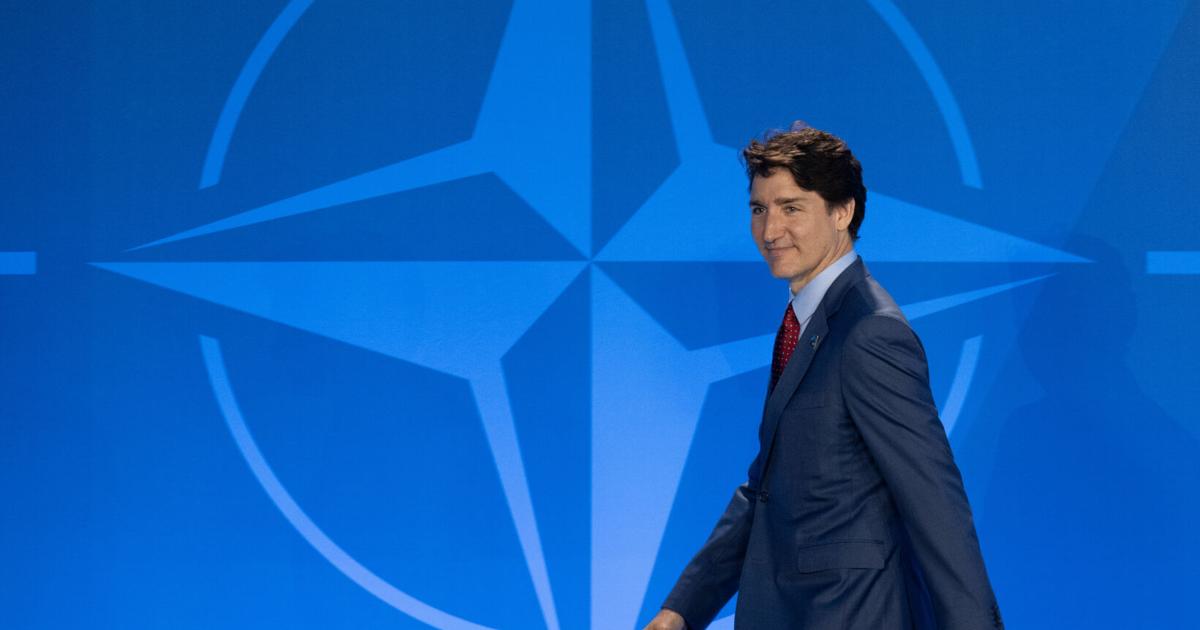- Reaction score
- 32
- Points
- 330
I read on the LM site that the ExLS can also be fitted with RAM blk2.Maybe replacing those 6 cells, in the Vigilance, with a 11- cell Sea-Ram mount would be an option.

I read on the LM site that the ExLS can also be fitted with RAM blk2.Maybe replacing those 6 cells, in the Vigilance, with a 11- cell Sea-Ram mount would be an option.
CDR: "You have mentioned that the Navy has needed to prioritize the Halifax-class over the MCDVs. Is that still the case and what does that mean for the Maritime Coastal Defence Vessels (MCDV's)?"
VAdm Topshee: "I think what it means is we need to get out of the old ship business as quickly as we can. You may have seen some remarks by the Minister a couple of weeks ago where he says he's waiting for me to deliver a recommendation with respect to the future of the MCDVs. When you look at that class, the reality is that they were designed to last 25 to 30 years. We're at that window and they have been absolutely fantastic.
They've got a new lease on life right now with the off-board systems and technology that we've got for Mine Counter-Measures. In fact, I'm really proud of the fact that HMCS Shawinigan and Glace Bay are deployed right now with the Standing NATO Maritime countermeasures group in Europe, so it's fantastic to see that that platform can still be relevant today. But when you step back, and you look at what it is, a Maritime Coastal Defence Vessel is effectively an offshore support vessel. It's the type of vessel that is used routinely around the world to support the offshore industry. It is something that, if we really needed to get more of them, we can do so quite quickly. They're not heavily armed nor are they designed to survive a massive conflict.
MCDVs have a couple of machine guns and some sophisticated communications systems. We can replicate that quite quickly, and we're really confident in the offboard systems. I think our number one question is whether or not we need to be out of the MCDV business? Should we make sure that we are transitioning to the future fleet, that we are embracing autonomy, uncrewed systems, remotely operated things, and all sorts of other systems that can go on to vessels of opportunity that are not necessarily part of the Navy fleet."

 www.oskdesign.com
www.oskdesign.com

To clarify what I'm suggesting...I'm not proposing and "armed ice-breaker" or anything as large as the 125m OSK design (which would be more of a Halifax replacement than a Kingston replacement).IF the MCDV replacement ends up being more of a Corvette-type ship rather than a more traditional OPV, then might a concept similar OSK's proposed Arctic Frigate replacement for Denmark's Thetis-Class make sense?

Arctic frigate - modern engineering designed for extreme Northern operations
Danish naval architects OSK Design unveils latest concept for an Arctic frigate - modern engineering designed for extreme Northern operations.www.oskdesign.com
Canada, the US and Finland have agreed to form an "ICE Pact" to boost the production of icebreakers in the three countries with the objective of deterring Russian and Chinese ambitions in the Far North.

Canada to work with Finland, U.S. on 'Ice Pact' to build icebreakers
OTTAWA - Canada has signed a trilateral agreement with Finland and the U.S. to boost the production of icebreakers in an effort to safeguard the Arctic and Antarctic regions.www.thecanadianpressnews.ca
A vessel along these lines would fit nicely with the announced industrial strategy. It would give us an armed complement to the AOPS that has at least a limited level of in-ice capability. It would also have the added bonus of being a capability that the USN does not have which would make it a valued complement to existing allied capabilities.
| Polar Class | Ice descriptions in Polar Class rules | Corresponding ice thickness |
| PC 1 | year-round operation in all polar waters | Not defined |
| PC 2 | Year-round operation in moderate multi-year ice conditions | Up to 3.0 m (9.8 ft) or more |
| PC 3 | Year-round operation in second-year ice which may include multi-year ice inclusions | Up to 2.5 m (8.2 ft) and sometimes more |
| PC 4 | Year-round operation in thick first-year ice which may include old ice inclusions | Over 120 cm (3.9 ft) |
| PC 5 | Year-round operation in medium first-year ice which may include old ice inclusions | 70 to 120 cm (2.3 to 3.9 ft) |
| PC 6 | Summer/autumn operation in medium first-year ice which may include old ice inclusions | 70 to 120 cm (2.3 to 3.9 ft) |
| PC 7 | Summer/autumn operation in thin first-year ice which may include old ice inclusions | 30 to 70 cm (0.98 to 2.30 ft) |
Along that line, but smaller...more in the 70-90m range likely with a UAV vs a helicopter (can a UAV perform ice reconnaissance?)Sounds like the Finnish Pajama class corvette, which is strengthened to Finnish Class 1A, equivalent to Polar Class 7.
So long as the class was designed right from the start to have a level of ice strengthening. I seem to remember the OTAGO class having a lot of trouble with stability and losing capability because of adding ice strengthening on a design that didn’t have it from the beginning.Along that line, but smaller...more in the 70-90m range likely with a UAV vs a helicopter (can a UAV perform ice reconnaissance?)
Ahh, ok. I think I read somewhere that there was originally supposed to be a larger calibre main gun that was sacrificed due to the extra weight involved.Not quite. The problem with the OTAGO class was that, after building in the ice strengthened belt into the hull, they realized (factually and too late) that its added so much weight that the ships were siting lower in the water I.e. deeper draft), thus making the belt end up too low and in the wrong place to protect the hull from ice at the flotation line.
As stability goes, it made the ships more stable, but with the ice protection in the wrong place. They had to add some more protection at the right place, which then ended up lowering stability but only by a small fraction.
Our SSN’s say hold my beerOn the military side, there are two ways you can be truly useful to your Allies - be capable of operating as seamlessly as possible with each other - or provide capabilities that your Allies don't have. In this case we'd have a bit of a two-fer. The RCN already integrates with the USN and and ice-capable combatant is something that they don't currently have.
However sometimes there's a benefit to a military asset being seen rather than remaining invisible prior to the missiles starting to fly.Our SSN’s say hold my beer
Not disagreeing with that. My only point was that the USN has the most effective under ice Navy in the worldHowever sometimes there's a benefit to a military asset being seen rather than remaining invisible prior to the missiles starting to fly.
I get it, but why don't we just pin the above on every thread and leave it at that. Will save a ton of duplicate posts and allow us to carry on discussing what Canada can best contribute.Not disagreeing with that. My only point was that theUSNUS has the most effectiveunder ice Navy[insert whatever capacity you happen to be discussing] in the world
My point was if you are looking for areas for Canada to contribute - a small virtually unarmed slush breaker isn't it, and you have the AOPS already.I get it, but why don't we just pin the above on every thread and leave it at that. Will save a ton of duplicate posts and allow us to carry on discussing what Canada can best contribute.
Don't disagree, I think the challenge is the SSE doesn't have that capability requirement for the RCN, so is pretty typical blue water fleet stuff.My point was if you are looking for areas for Canada to contribute - a small virtually unarmed slush breaker isn't it, and you have the AOPS already.
The USN doesn't need really assistance there as we have the SSN's and the USCG Cutters (that have more firepower than the AOPS)
I think more AORS would be much more appreciated, as well as some UCV's. The other thing that other allies would like is something like a Amphib/LHD (Wasp would likely be too big and be too $ for Canada) - and this is an area I think Canada should partner with the South Koreans, as their CVX program to replace the DokDo LHD's seems to be somewhat floundering.
Mainly as a LHD allows Canadians to actually put forces into play from the Oceans.
My point was if you are looking for areas for Canada to contribute - a small virtually unarmed slush breaker isn't it, and you have the AOPS already.
The USN doesn't need really assistance there as we have the SSN's and the USCG Cutters (that have more firepower than the AOPS)
I think more AORS would be much more appreciated, as well as some UCV's. The other thing that other allies would like is something like a Amphib/LHD (Wasp would likely be too big and be too $ for Canada) - and this is an area I think Canada should partner with the South Koreans, as their CVX program to replace the DokDo LHD's seems to be somewhat floundering.
Mainly as a LHD allows Canadians to actually put forces into play from the Oceans.
The USCG is in a bad way, particularly from a icebreaking perspective. Subs are good, but limited in how you can use them diplomatically.My point was if you are looking for areas for Canada to contribute - a small virtually unarmed slush breaker isn't it, and you have the AOPS already.
The USN doesn't need really assistance there as we have the SSN's and the USCG Cutters (that have more firepower than the AOPS)
I think more AORS would be much more appreciated, as well as some UCV's. The other thing that other allies would like is something like a Amphib/LHD (Wasp would likely be too big and be too $ for Canada) - and this is an area I think Canada should partner with the South Koreans, as their CVX program to replace the DokDo LHD's seems to be somewhat floundering.
Mainly as a LHD allows Canadians to actually put forces into play from the Oceans.
It makes absolutely zero sense for Canada to partner with South Korea to assist them with a 45,000t conventional aircraft carrier program, what LHD that South Korea is going to want is going to be far larger than any design likely considered by Canada in the foreseeable future. Any sealift capability attempts outside of the JSS haven't went anywhere for good reason, Canada needs to focus on its baseline naval capability being rebuilt before we invest into excess capabilities.I think more AORS would be much more appreciated, as well as some UCV's. The other thing that other allies would like is something like a Amphib/LHD (Wasp would likely be too big and be too $ for Canada) - and this is an area I think Canada should partner with the South Koreans, as their CVX program to replace the DokDo LHD's seems to be somewhat floundering.
The original idea of the SK CVX has gotten chopped back significantly to be more more like the LHD DokDo. Their change in government scuttled the CV plan, to back towards a more Mistral like approach.It makes absolutely zero sense for Canada to partner with South Korea to assist them with a 45,000t conventional aircraft carrier program, what LHD that South Korea is going to want is going to be far larger than any design likely considered by Canada in the foreseeable future. Any sealift capability attempts outside of the JSS haven't went anywhere for good reason, Canada needs to focus on its baseline naval capability being rebuilt before we invest into excess capabilities.
